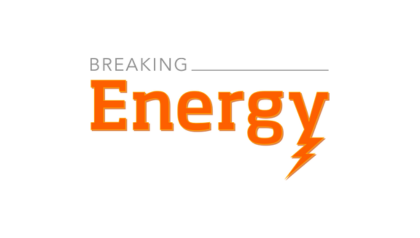More and more research studies deepen our understanding of methane emissions from various segments along the natural gas supply chain. At the same time, evidence is mounting that the volume of methane emissions leaking from, for example, wellheads or processing plants may collectively account for a greater portion of total methane emissions than previously thought. Whether or not the EPA understates total methane emissions is not relevant in the sense that cost-effective technologies and practices are already available to start reducing methane leakage now.
Keep in mind, that methane is a more potent heat trapping – thus, exacerbating global warming – greenhouse gas (GHG) than carbon dioxide. Also, methane emissions are not only a problem at natural gas production sites. Gwynne Taraska of the Center for American Progress explains that “[t]ransforming natural gas into a liquid, shipping it, and then transforming it back into a gas are energy and emissions intensive.” In this context, she references James Bradbury of the World Resources Institute who calculates that “liquefaction, transport, and re-gasification increase greenhouse gas emissions from onshore production by 15 per cent.” Consequently, it is crucial to consider affordable measures to control and reduce methane emissions in a way that maintains the benefits associated with a healthy US natural gas industry without losing sight of climate goals.
The Canadian Pembina Institute published in February 2014 an interesting report titled “Wellhead to Waterline – Opportunities to limit greenhouse gas emissions from B.C.’s proposed LNG industry”. This report’s focus is on greenhouse gas emissions, which are released across the entire LNG supply chain – from extraction, processing, transport, liquefaction, re-gasification to eventually end-use combustion. The report concludes that “[g]overnment policy is needed to ensure that these solutions, and others, are implemented across the LNG supply chain.”
Further, the Pembina Institute points out that GHG estimates “depend in large part on the actual level of LNG development realized, but also depend upon choices about the source of gas extraction and the specific technologies employed along the supply chain.” Note, each LNG facility may vary by size and power source for the liquefaction process, which can greatly impact operating emissions and, as a result, impact air quality in the vicinity of the facility.
The report describes five main sources of GHGs in the LNG supply chain:
Combustion — natural gas is burned to power equipment to process and transport the gas, releasing CO2.
Formation carbon dioxide venting — (formation-) CO2 that is found in natural gas is separated from the gas at processing plants and vented into the atmosphere.
Methane venting — methane is vented from process equipment such as pneumatic controllers, gas driven pumps, dehydrators and compressors or during operations such as pipeline blowdowns, where gas is removed and vented from a section of pipeline for repair or maintenance.
Fugitive emissions — methane leaks unintentionally released to the atmosphere at valves or fittings, along pipelines and at storage tanks.
Flaring — natural gas is flared in order to control pressure. Maintaining a flare pilot light at a facility or during well testing and completion is fairly standard practice.
The following infographic is meant to provide an overview from fracking to liquefaction of sources and solutions for carbon pollution. As the Pembina Institute stresses, this is “not (…) an exhaustive list of options, nor (…) a detailed assessment of the viability of these technologies in all possible applications.”


